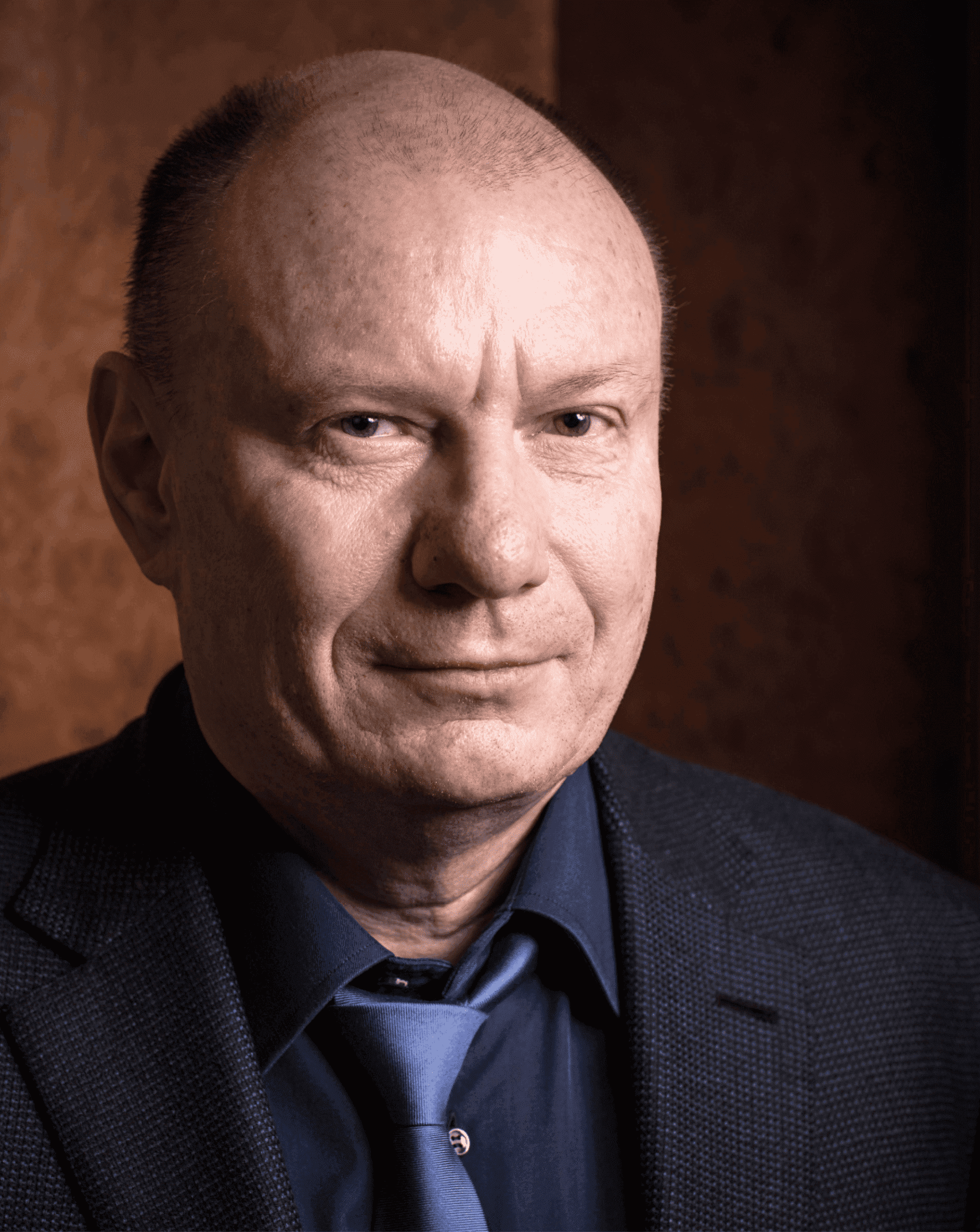President’s letter
 Dear shareholders,
Dear shareholders,
2021 was yet another challenging year for Nornickel; however, the coordinated efforts of our big team helped us cope with every challenge.
Operational and financial performance
The two underground mines and Norilsk concentrator have been successfully restored to their full capacity after industrial incidents. Amid the global economic recovery after the 2020’s COVID-driven recession, the demand for our metals increased rapidly in 2021, which had a favourable impact on our financial performance. Driven by higher prices of all metals in our basket, in 2021, the Company’s revenue was up by 15% year-on-year to USD 17.9 billion, and EBITDA increased by almost 40% to USD 10.5 billion.
CAPEX increased 60% year-on-year to a record USD 2.8 billion, which was fully in line with management guidance. We significantly increased investments in modernisation and upgrade of equipment and other fixed assets including energy infrastructure with a focus on industrial safety and energy efficiency. Nornickel also continued delivering on its SO2 reduction programme in Norilsk. Investment in this project tripled in 2021 to more than USD 500 million.
Environmental protection, climate change and occupational health
Last June, we approved a new environmental and climate change strategy for the next 10 years. It aims to significantly improve Nornickel’s environmental performance. The strategy was developed in close consultation with stakeholders using the results of a benchmarking audit of key environmental goals; it covers six main aspects of environmental impact: climate change, air, water, tailings and waste management, soils, and biodiversity. I would also like to emphasise that the new strategy is more than just a statement: it defines 20 specific environmental goals, including reduction of SO2 emissions, compliance with TCFD principles and implementation of the Global Tailings Standard principles.
This strategy has already started to deliver tangible results. Following the shutdown of the smelting and metallurgical shops on the Kola Peninsula, SO2 emissions in the area decreased by 78% from 2020 and by over 90% as compared to 2015, exceeding our initial targets. In Norilsk, SO2 emissions were down 14% year-on-year. After the completion of Phase 1 of the Sulphur Project in
Last year, we also continued our clean-up programme in response to the environmental incident at CHPP-3 in Norilsk. Major efforts were put into remediating contaminated and disturbed land and restoring biodiversity in the area. All of these steps were taken in close cooperation with the scientific community. We used the insights gained by RAS scientists during another stage of the Great Norilsk Expedition both to assess and plan next steps in our spill clean-up programme and to develop recommendations on deploying environmental protection solutions at industrial enterprises across the Russian Arctic.
In terms of climate action, Nornickel is currently positioned in the bottom quartile of the CO2 emission intensity curve among all global nickel producers and has the lowest greenhouse gas emissions in absolute terms across all three scopes among major mining and metals companies, since renewable sources account for a significant portion of its power generation mix, with the rest coming from natural gas, the cleanest fossil fuel. At the same time, the Sulphur Project implementation and production growth are set to drive additional energy consumption and will therefore call for compensatory measures. The medium-term decarbonisation programme implies a reduction in Scope 1 and 2 CO2 emissions from operations to 7.7 mln t by 2028, while emission intensity will decline by 37% to 5 tonnes per tonne of nickel equivalent.
Fatal accidents at our enterprises were caused by gross violations of safety rules. We believe that fatalities are absolutely unacceptable, so we have developed a programme that should help us achieve accident-free operations, and we hope it will soon deliver its first results.
In 2021, the Company significantly increased its social investments, which exceeded USD 1 billion, mainly by making a provision for the long-term housing and social infrastructure renovation programme for Norilsk until 2035.
Capex programme
Last year, we reviewed our long-term investment programme for
The Company increased its proven and probable ore reserves by nearly 600 mln t through the launch of the Technology Breakthrough 1.0 programme relying on advanced resource management and estimation tools. Nornickel also raised its 2030 long-term metal production outlook: the output of nickel and copper is expected to grow by 25%–35% and platinum group metals by 50%–60%. We plan to boost the capacity of our key downstream assets accordingly, including Talnakh and Norilsk Concentrators, Nadezhda Plant, the nickel refining facilities at Norilsk Nickel Harjavalta, and the copper refining facilities at Kola MMC.
The Company is also looking at opportunities to gain a foothold in the battery materials market through research projects and partnerships to ensure deeper integration throughout the production chain for EV batteries.

Social responsibility
The development of Nornickel’s regions of operation is one of the Company’s priorities. In early 2021, Nornickel signed a quadripartite agreement on the social and economic development of Norilsk, which envisages the renovation of housing, the upgrade and overhaul of local utilities and engineering infrastructure, the creation of a comfortable and safe urban environment and the relocation of Norilsk and Dudinka residents to other regions with a milder climate. Under the programme, RUB 120 billion will be allocated for these purposes until 2035, including RUB 81.3 billion provided by Nornickel.
In 2021, we also boosted support for the indigenous peoples of Taimyr by allocated extra RUB 100 million to financing a five-year programme aimed at protecting ancestral lands and supporting traditional activities of indigenous peoples of the North.
Just as important was the opening of a healthcare centre in
In conclusion, I would like to thank all colleagues, contractors and customers who helped us overcome the challenges of 2021. I am confident that together we will deliver on all our long-term goals.
VLADIMIR POTANIN
President,
Chairman of the Management Board
